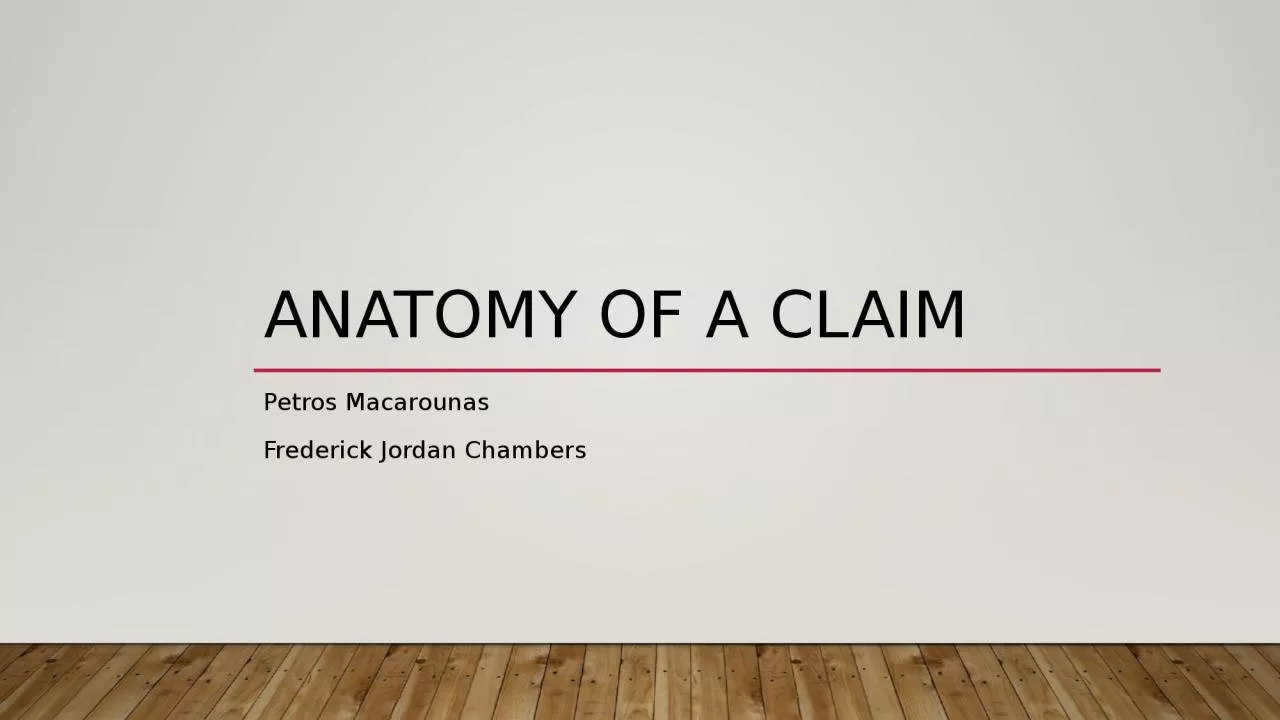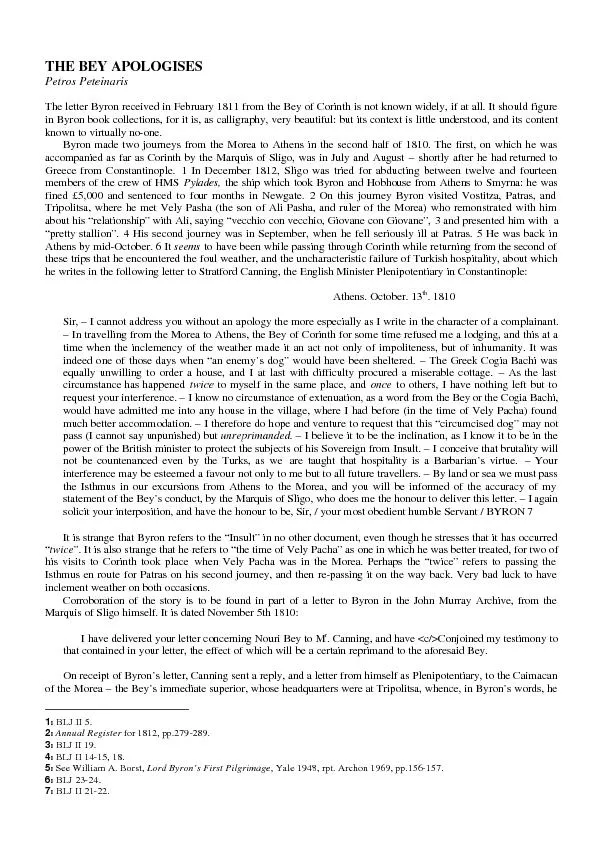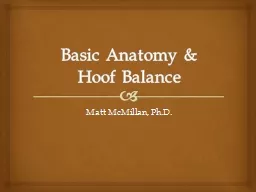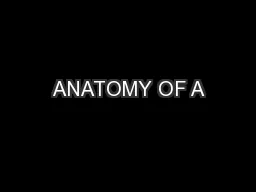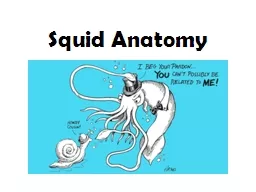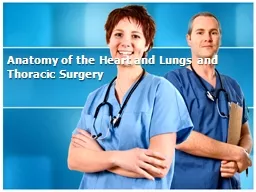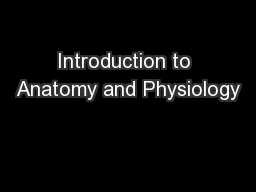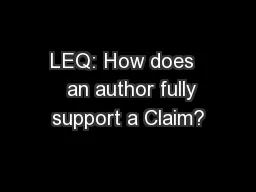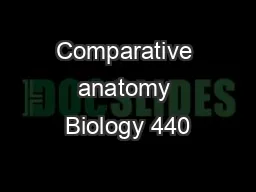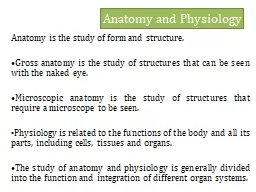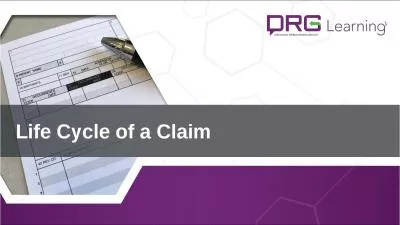PPT-Anatomy of A Claim Petros
Author : linda | Published Date : 2024-02-02
Macarounas Frederick Jordan Chambers DUTY OF CARE Adeels Place v Moubarak 2009 HCA 48 2009 239 CLR 420 Although ss 5B and 5C appear beneath the heading
Presentation Embed Code
Download Presentation
Download Presentation The PPT/PDF document "Anatomy of A Claim Petros" is the property of its rightful owner. Permission is granted to download and print the materials on this website for personal, non-commercial use only, and to display it on your personal computer provided you do not modify the materials and that you retain all copyright notices contained in the materials. By downloading content from our website, you accept the terms of this agreement.
Anatomy of A Claim Petros: Transcript
Download Rules Of Document
"Anatomy of A Claim Petros"The content belongs to its owner. You may download and print it for personal use, without modification, and keep all copyright notices. By downloading, you agree to these terms.
Related Documents

